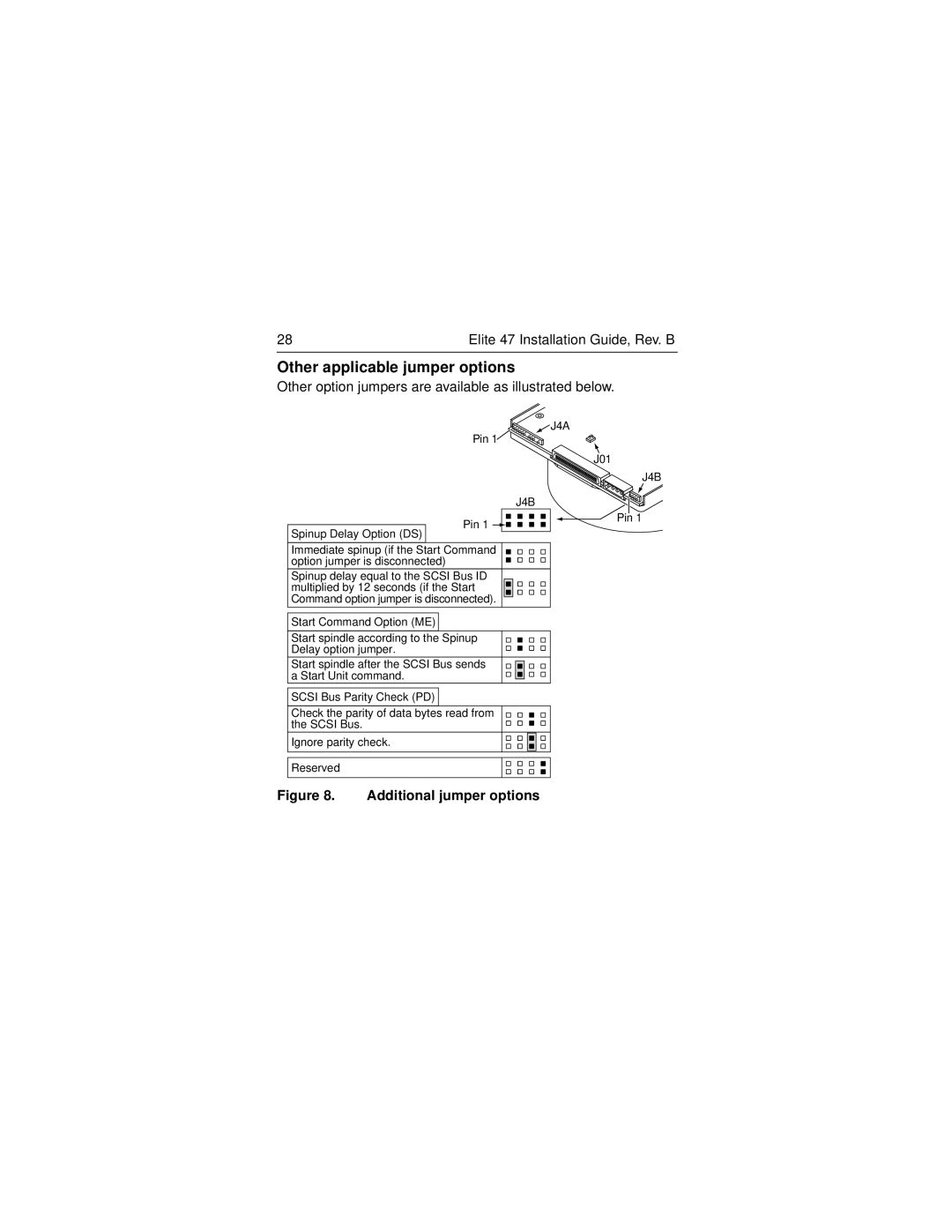ST446452W specifications
The Seagate ST446452W is a notable entry in the world of hard drives, particularly renowned for its application in enterprise storage solutions during the mid-1990s. Designed primarily for servers and workstations, this drive was part of Seagate's formidable lineup, catering to business needs where reliability and performance were paramount.With a physical size of 3.5 inches, the ST446452W hosts a storage capacity of 4.5 GB— an impressive figure for its time. This capacity enabled enterprises to store significant amounts of data, including critical applications and databases. The drive employs the SCSI (Small Computer System Interface) interface, specifically the SCSI-2 standard, which was commonplace during that era, allowing for speedy data transfer rates and the ability to connect multiple drives in a single setup.
The Seagate ST446452W features a rotational speed of 7200 RPM, contributing to its performance efficiency and response times. This speed, combined with an average seek time of around 9 milliseconds, positioned the ST446452W as a competitive option for database applications, file servers, and other data-intensive tasks.
One of the key technologies employed in the ST446452W is the use of magneto-resistive (MR) head technology. This advancement allowed for improved data density, ultimately enhancing the drive’s ability to read and write data at lower error rates. The drive also features a buffer cache, which serves to improve data throughput by temporarily storing frequently accessed data, minimizing seek times.
With its robust construction and reputation for reliability, the Seagate ST446452W proved to be a trusted choice for IT professionals seeking longevity in their storage solutions. Its design included features such as internal shock mounting and thermal management systems to ensure optimal performance under various conditions. These characteristics made the ST446452W an ideal candidate for mission-critical applications where downtime needed to be minimized.
In conclusion, the Seagate ST446452W encapsulates the technological advancements and engineering prowess of its time. Its integration of SCSI interface technology, high RPM speeds, and innovative data management features cemented its place in the legacy of data storage solutions, laying groundwork for subsequent generations of hard drives. Though it may be considered obsolete in today’s context, the ST446452W remains a significant reference point in the evolution of hard drive technologies.

